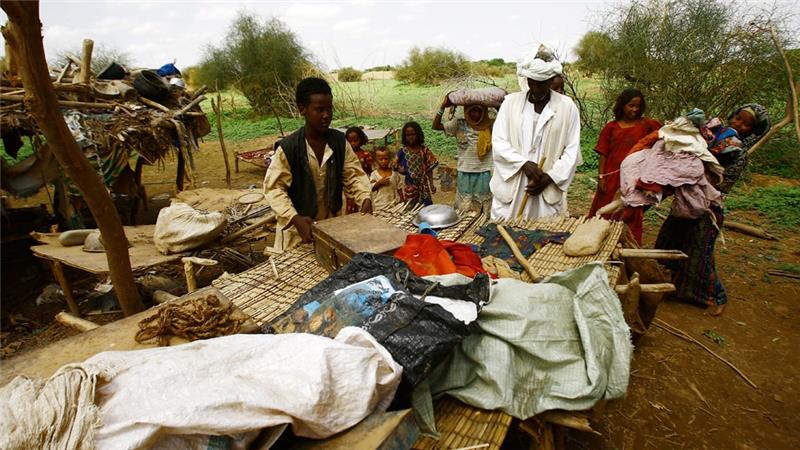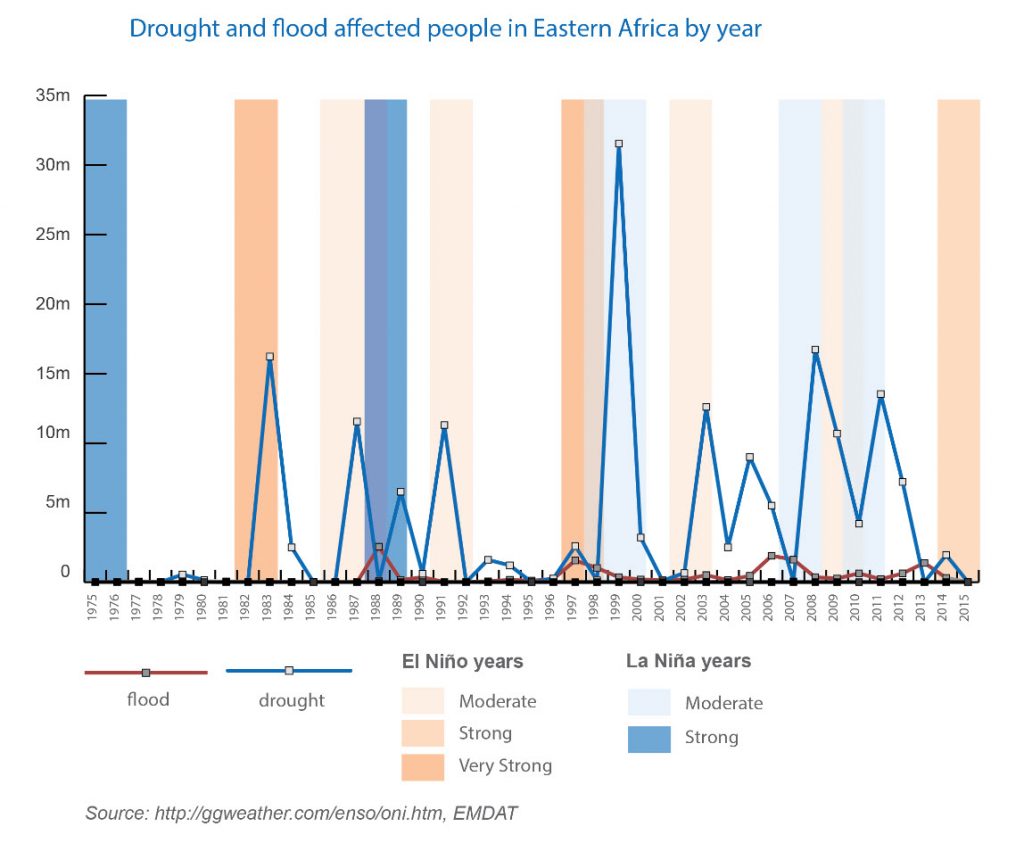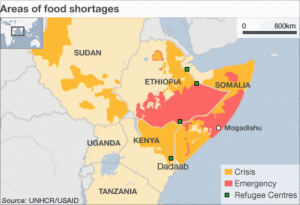As of August of this year, severe flooding after prolonged drought has affected more than 200,000 people in West Ethiopia, Sudan, and South Sudan. These countries have faced heavy flooding since early June, mainly affecting the Sudanese states of Al Gezira, Kassala, and South Darfur. At least 98 people have lost their lives in the flooding this season, with numbers expected to rise as the crisis continues.

This flooding has occurred in the midst of violent conflict and humanitarian crises in Sudan and South Sudan. In South Sudan alone, nearly 2.5 million people have been forced by the conflict to flee their homes. Today, nearly 4.8 million are in need of humanitarian assistance due to the South Sudanese conflict. While the vast majority of need for humanitarian assistance in Ethiopia, Sudan, and South Sudan is a result of conflict, severe hunger and malnutrition, health crises, and poor infrastructure are also sources of need. Flooding has only further complicated efforts to deliver this aid. Humanitarian agencies and providers of aid are now struggling more than ever to deliver aid to the countries’ most needy.
This flooding occurs immediately after a multi-year period during which Ethiopia faced its worst drought in five decades. Drought conditions have devastated agriculture in the region and raised food prices, contributing to food insecurity for more than 10.2 million Ethiopians. South Sudan faces a comparable food crisis with a quarter of its population, or 2.8 million, in need of food aid this year. Droughts and rising temperatures have hurt harvests of rice, sorghum, soybean, and wheat in the area. As 40% of the East Africa region’s gross domestic product depends on agriculture, these crop shortages can also take a serious toll on the economic health of the region.

Although rains in some areas alleviate the threat of the region’s lasting drought, flooding also poses a serious risk for agriculture. According to the Food and Agriculture Organization of the United Nations, heavy rains and flooding threaten crops in Sudan and South Sudan by waterlogging fields and destroying crops in the region. The flooding of the Gash River on the border of Eritrea and Ethiopia, for example, has flooded entire farming villages, destroying crops and homes. Ethiopia’s Blue Nile is also a flooding danger, according to UN aid agencies.

This year’s flooding has also led to a serious cholera outbreak in South Sudan. South Sudan’s Minister of Health confirmed the outbreak in July, announcing that the country’s National Public Health Laboratory had found Vibrio Cholerae Inaba (Cholera) in several sewage samples taken earlier that month. By July 26th, 391 cholera cases had been reported in the country, with 17 resulting in deaths. UNICEF’s Cholera Task Force is now in full operation in the country working to improve sanitation, health service access, and water quality in the country.
In the state’s capital, Juba, escalated violence has led to a breakdown in service provision, making cholera containment even more difficult. So far, cholera deaths have occurred in the states of Eastern Lakes, Imatong, Jonglei, Juba, and Terekeka. International non-governmental organizations including the World Health Organization, UNICEF, the International Committee of the Red Cross, and others are now working to build up health capacities in these and other states to quell the rise of cholera and other infectious diseases made more dangerous by flooding and its effects.